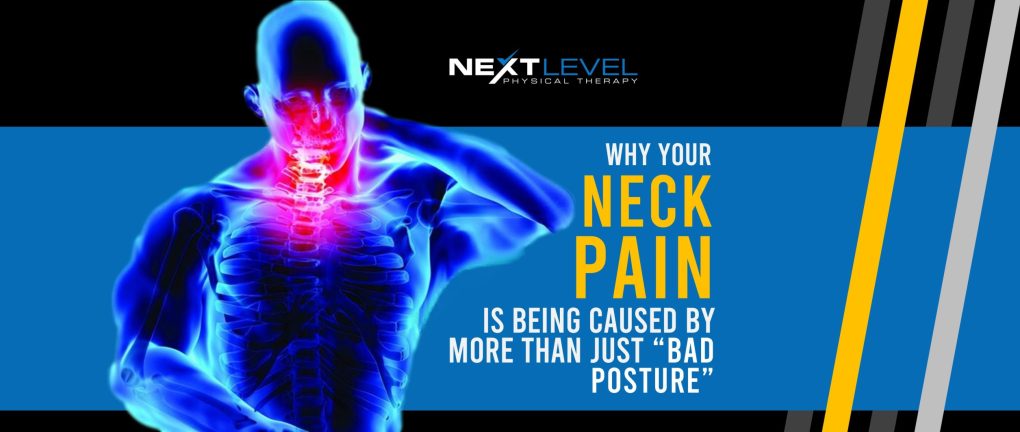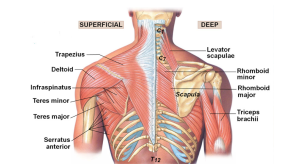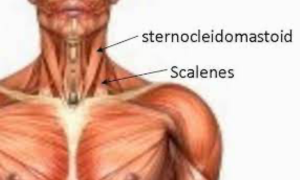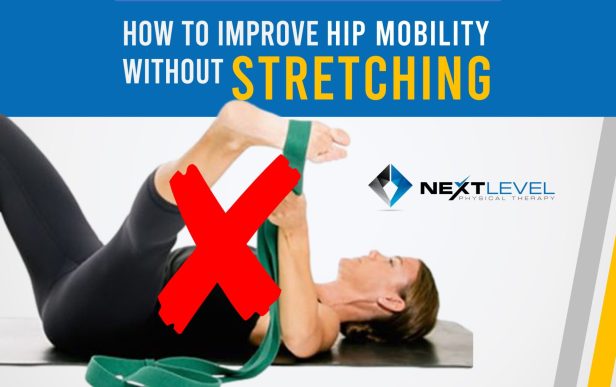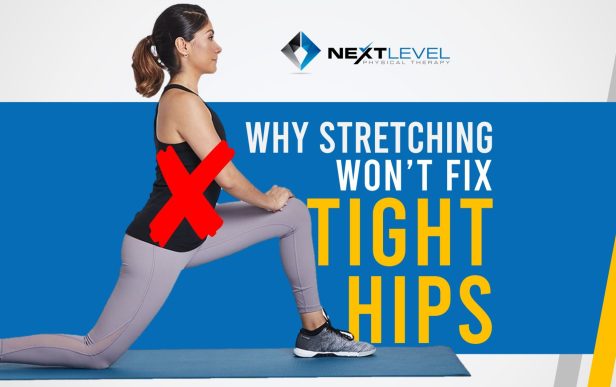Author: Dr. Shannon Russell, DPT, CSCS, USAW-1
It seems like in today’s world filled with technology and working from home, “posture” is a buzzword with a negative connotation. We are filled with messages and images about what makes a “good” or “bad” posture, and why it’s the end all be all culprit for all your aches and pains. We are bombarded by “Pull your shoulders back, stand up tall!” and “Stop looking down and hunching over!” Or my personal favorite, the as-seen-on-TV posture correctors that literally do the work of your muscles for you (which is ultimately going to make your problems worse, by the way!). Have neck or back pain? It must be your posture, fix your posture! With all of this information out there, it can be hard to interpret what’s right and what’s not. You can spend hours researching your neck pain without actually finding a solution. The truth is, the body is a lot more complicated than just finding one perfect posture to solve all of your aches and pains. We are built to be dynamic, built to move, and everything in our body is designed to move together. So the answer to solving your neck pain isn’t just “have better posture”, it goes so much deeper than that!
Take a look at picture 1 above. Everytime you move your shoulder, your shoulder blade, or scapula, must move as well. If we look at the muscles that surround the scapula, particularly the levator scapulae and upper trapezius muscles, you can see that they attach on one end at the scapula, and on the other end at the cervical spine. Basically, this means that every time you move your shoulders and use these two muscles, this can have an impact on your neck as well. So, if you have neck pain take a second to think. Are you really stressed out and feel yourself holding tension by keeping your shoulders shrugged? Do you type all day long at a keyboard that is too high, which would also keep your shoulders shrugged all day long? Do you ever feel like you just don’t have the motion required to reach overhead or behind your back? If this sounds like you, then the culprit to your neck pain might actually be the position your shoulders are in and the tension in those muscles!
The second picture above shows your neck muscles from the front. You can see your SCM muscles, scalene muscles, and again, the upper trap muscles. In addition to moving your neck, these muscles also assist with breathing. Before we dive into this further, I want to go over what we *should* normally see when we breathe.
Ideally, we want to see the ribcage move out and up as we inhale, and down and in as we exhale. We should get a fair amount of rib cage movement with each breath if we are breathing with our diaphragms. However, sometimes this breathing pattern can become faulty. The rib cage no longer moves the way that it should, and the diaphragm is not utilized to its full potential. Instead, we end up relying on these neck accessory muscles to drive our breathing. Clearly these muscles are not that big, thus are not meant for such high demands! You can imagine if you are asking these guys to take on the task of 22,000 breaths per day, they may not quite be up for the job. They are not capable of meeting such demands, which ultimately would lead to increased tension in that area and you guessed it; pain.
While “bad posture” is the easy explanation for your neck pain, it’s a pretty empty explanation if you ask me. The body is so much more complex than that and a lot of our muscles attach different body parts to each other. With this knowledge, it is easy to see why neck pain is not as simple as it’s made out to be. If you are suffering from chronic neck pain, it’s important to zoom out and take a deeper look than just your posture. Because you may listen to mom and “pull those shoulders back”, but if it’s your ribcage and your breathing that is causing your pain, you will find no relief with that solution. If this sounds like you, definitely get checked out by a licensed professional who will be able to connect all the dots with how your body is moving and get to the root cause of your neck pain!
